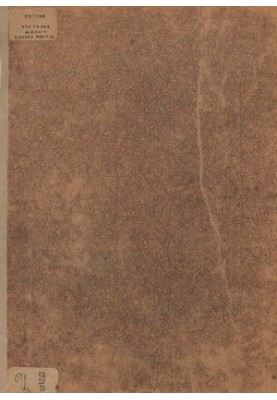What is money Description of coins of Greek, Roman, Jewish, Bosphorus and Chersonese. Polish coins (992-1842)
 Instant download
Instant download
after payment (24/7)
 Wide range of formats
Wide range of formats
(for all gadgets)
 Full book
Full book
(including for Apple and Android)
Richly illustrated album - contains descriptions, drawings and prices of coins of antiquity, as well as coins of Poland 992-1842 (1250 figures, prices are for the beginning of the 20th century). The first part of the work presents a set of coins minted in antiquity by the Greeks and peoples in the sphere of their cultural influence. Statehood developed in the Greek slave-holding society in the form of numerous city-polises, city alliances, and several kingdoms being politically autonomous, almost all of them enjoying the right to mint coins. The second part is devoted to the coins of Poland, starting with the earliest known coin of the dinar of Bolesaw the Brave (992-1025) and ending at times when after the partitions of the Polish-Lithuanian Commonwealth between Austria, Prussia and Russia (1772, 1793 and 1795. ) parts of Polish territory were successively part of the Russian Empire. In 1815, the Duchy of Warsaw became part of the empire and, together with the previously annexed Polish lands, was named the Kingdom of Poland. The minting of a new coin began in Warsaw in 1816. In gold 50 and 25 zlotys were minted, in silver - 10, 5, 2 and 1 zloty, in billon - 10 and 5 money, in copper - 3 and 1 penny . The traditional zloty units for Poland were used equal to 30 dollars. On gold and silver coins there was a portrait of Alexander I. In 1818, in gold and silver were minted trial coins, not approved because of the unsuccessful (too small) portrait of Alexander I. At first, all the inscriptions were made in Polish, the Polish single-headed eagle - in a subordinate position, in a shield on the chest of the double-headed Russian eagle .. In the period from 1816 to 1820 there was a transition from minting out of the ring (a cord-shaped band) to minting in the ring (a chipped or decorated smooth band). Some of the coins were made of metal from Polish mines. Monument to this coinage - declarative inscriptions "Z SREBRA KRAIOWEGO" (on 10-zlotikovy 1820-1825) and "Z MIEDZI KRAIOWEY" (on pennies 1822-1825 and 3-grosheviki 1826-1827) Since 1835, there have been only billon and copper coins, without inscriptions in Polish (except for the name of the monetary unit), with the Moscow coat of arms instead of the Polish one. Assimilation of Poland increased, and in 1841 the official coinage for it stopped. Separately, the author presented articles on the gold mining industry in the Russian Empire, an article on the impact of gold and silver prices, their consequences in the economy, significance, etc. !
LF/19003550/R
Data sheet
- Name of the Author
- Петров В.И.
- Language
- Russian
- Release date
- 1910
























